Questionjust 1 day ago i got these baby red striped slider turtle the size of a 50 cent coin. I have these floating pellets that kinds of are tube shaped. I also tryed to feed them lettuce but they wont eat it. what should i do? Also i have a 10 gallon tank, how much of it should i fill up with water? rite now only like 4 inches is and so they have room to swim and then there is a cave which they like to hang out in when they sleep. Lastly is it fine if they are under water for a long period of time?
AnswerHi Garrett,
The first thing you need to do is make sure you have your hatchlings set up correctly. I'll put some links below that you can read over, but basically, they need a roomy tank with excellent filtration, a basking/UVB light, correct temperatures, and a good varied diet. A 10 gallon tank is too small. You'll have a hard time getting a good temperature gradient, and turtles need plenty of room. Your hatchlings will grow quickly. It's better if you base your tank size on their likely adult size--and RES need BIG tanks (or an outdoor pond). For two, you're probably going to need at least a 150 gallon tank. For now, a 20 gallon long (30 would be better) will work, but keep in mind that as the tank size increases, you'll have to buy a bigger filter that's sized larger than the tank capacity. 4" water depth is fine for hatchlings, but make sure they can access the basking area easily. They may spend a lot of time in/under the water, but they also need to bask for several hours a day. If they don't, probably the water is too warm or the basking area too cold (with a small tank, it's more likely the water is overly warm).
You need to provide water temperature of about 78 degrees, and a basking area about 10 degrees warmer than the water. You also need a good source of UVB; without it, your hatchlings won't grow properly.
Hatchlings are more carnivorous than adults. Provide a variety of animal protein, including boiled chicken, worms, pinhead crickets, guppies, bloodworms, shrimp, etc., along with pellets and some greens (turnip, mustard, collards, romaine, kale, etc.). A good variety is really important. Also put a chunk of cuttlebone in the tank for them to nibble on for extra calcium.
Please read the following carefully so you can take care of your turtles properly:
www.redearslider.ccom
http://www.austinsturtlepage.com/Care/caresheet-red_ear_slider.htm
http://www.austinsturtlepage.com/Care/care.htm
http://www.austinsturtlepage.com/Care/waterquality.htm
http://www.austinsturtlepage.com/Care/housing.htm

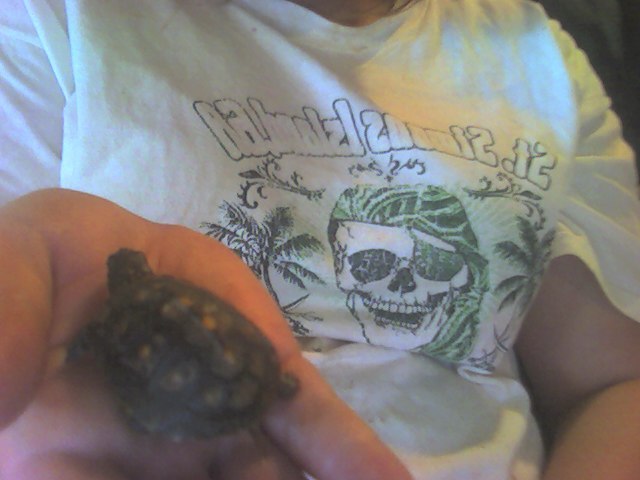 Tortoise or Turtle?
Question
The turtle or tortoise
I recently found a baby
Tortoise or Turtle?
Question
The turtle or tortoise
I recently found a baby
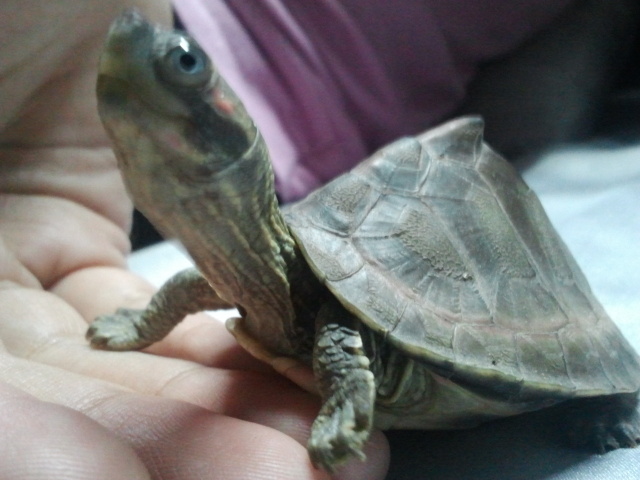 spieces of my turtle
Question
my turtle
jeannie i just want to ask i
spieces of my turtle
Question
my turtle
jeannie i just want to ask i
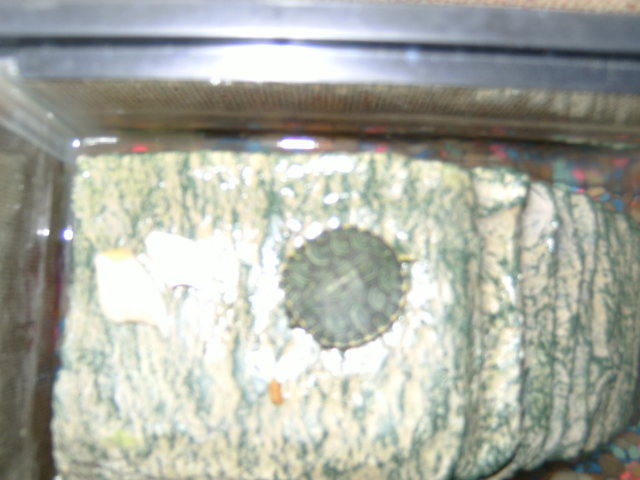 Baby Yellow Belly Turtle
Question
My baby
I have a baby yellow belly turle no bi
Baby Yellow Belly Turtle
Question
My baby
I have a baby yellow belly turle no bi
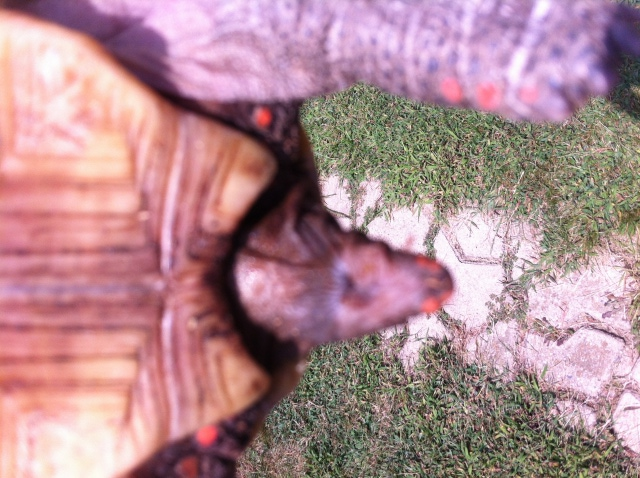 Redfoot tail
Question
Tail1 Tail2
A few days ago I went
Redfoot tail
Question
Tail1 Tail2
A few days ago I went
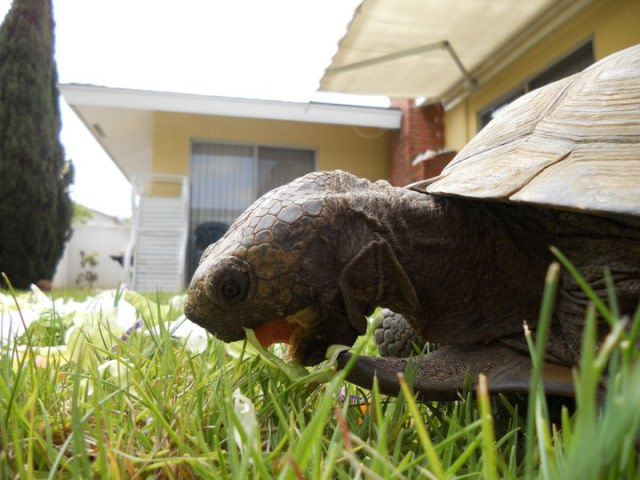 My 60 year old Turtle
Question
frank 3 weeks ago
Hello, two weeks ago
My 60 year old Turtle
Question
frank 3 weeks ago
Hello, two weeks ago